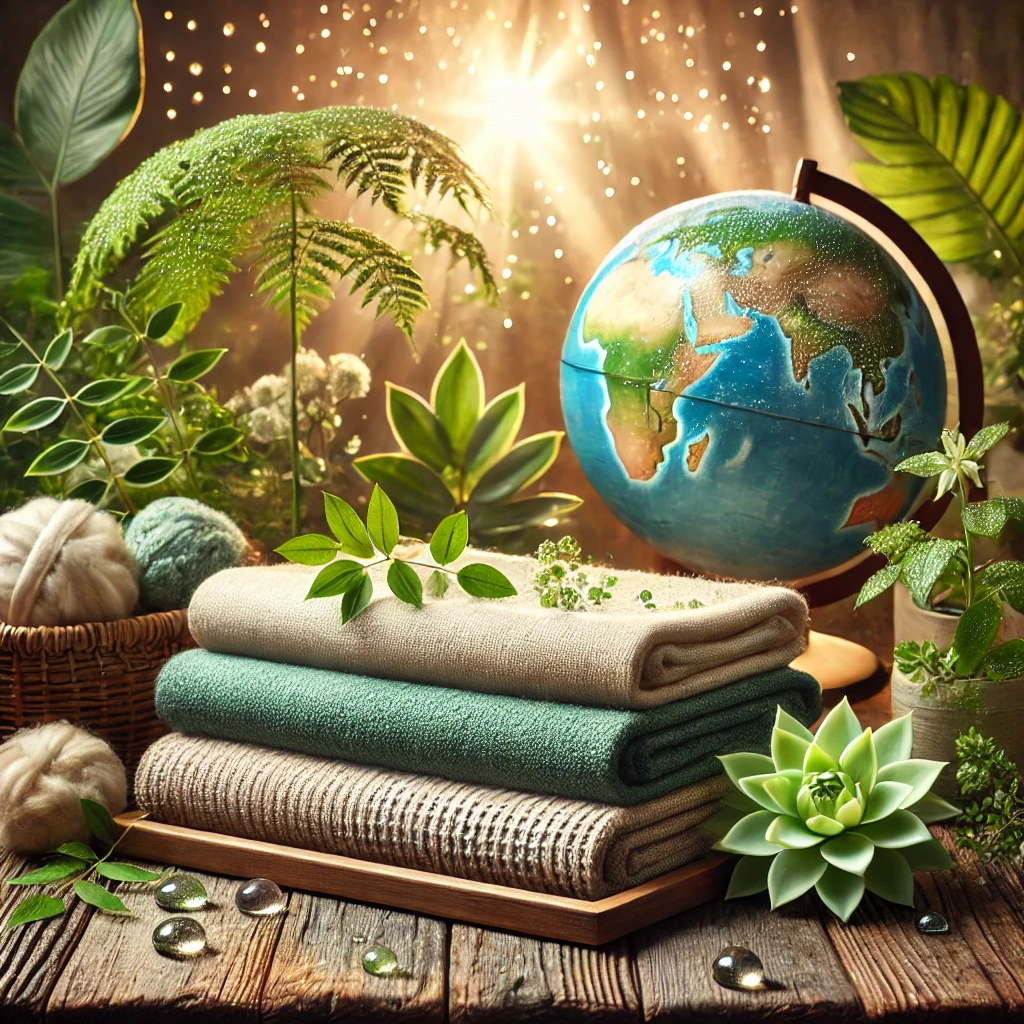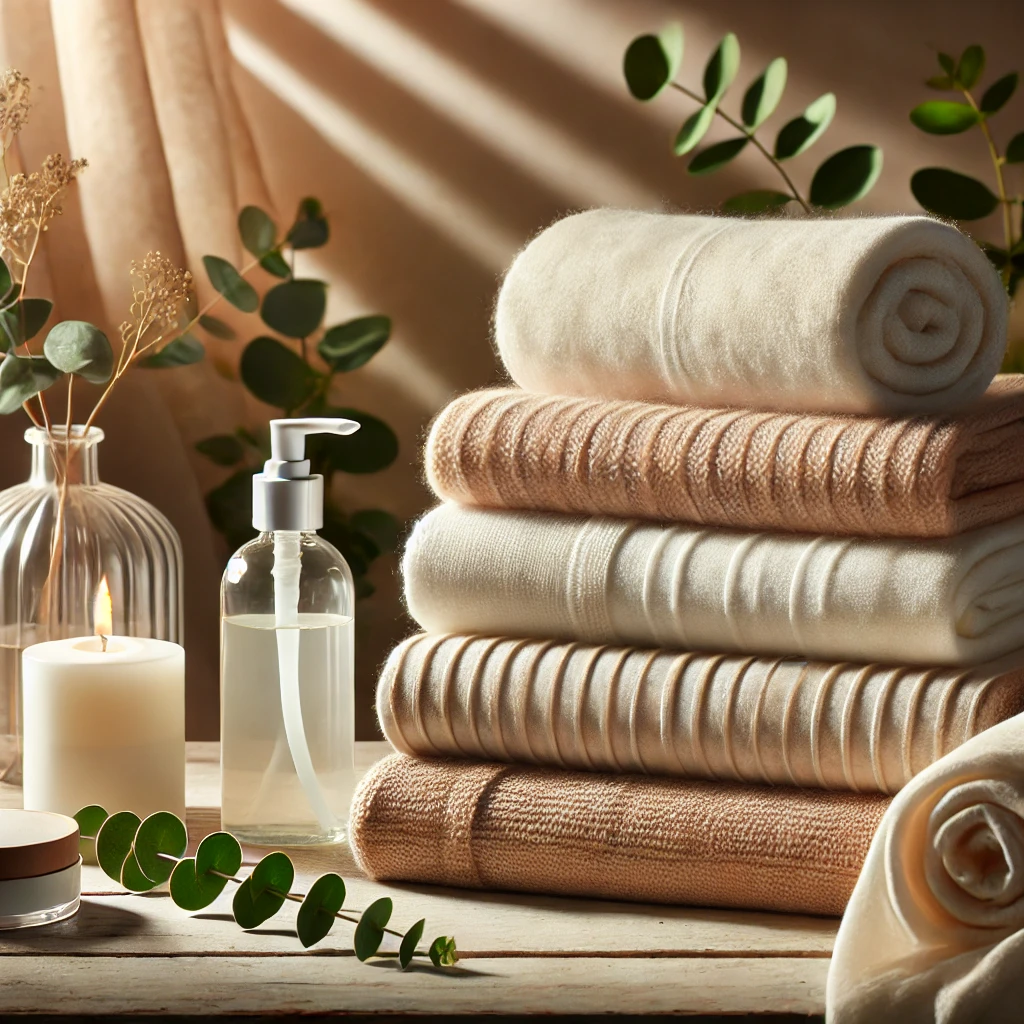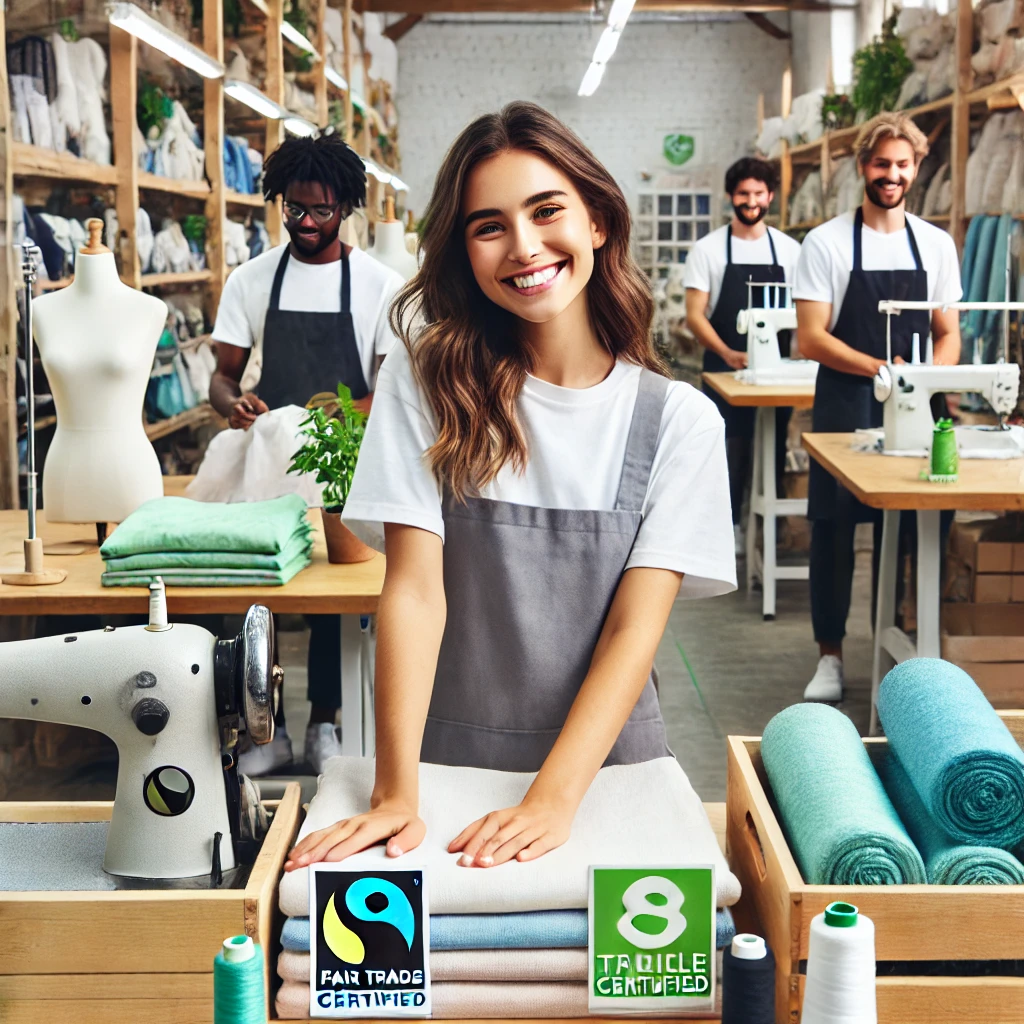A few years ago, I had a wake-up call. I was standing in front of my closet, staring at piles of clothes that I barely wore. Many of them were impulse buys—trendy pieces that lost their appeal after just a few wears. Worse, some of them were already fraying, stretching out, or fading after a few washes. It hit me: this cycle of buying cheap, disposable fashion wasn’t just bad for my wallet; it was bad for the planet.
That moment marked the beginning of my journey toward sustainable fashion. One of the most impactful changes I made was switching to sustainable fabrics. Not only did it transform the way I shopped, but it also gave me a greater sense of purpose and responsibility as a consumer. If you’re thinking about going green, here’s why sustainable fabrics should be your new go-to.
They’re Kinder to the Planet

One of the biggest reasons to choose sustainable fabrics is their lower environmental impact. Traditional fabrics like conventional cotton or polyester are resource-intensive and polluting, often relying on harmful chemicals and massive amounts of water during production.
Why It Matters:
- Conventional Cotton: Did you know it takes about 2,700 liters of water to make just one cotton T-shirt? That’s enough for one person to drink for over two years!
- Polyester: This synthetic fabric is made from petroleum, a non-renewable resource, and releases microplastics into waterways every time it’s washed.
The Alternative: Sustainable fabrics like organic cotton, hemp, and Tencel™ use fewer resources and avoid harmful chemicals. For example, organic cotton is grown without synthetic pesticides, reducing soil and water contamination.
Personal Experience: When I switched to organic cotton basics, I noticed they felt softer and lasted longer. Knowing I was reducing my environmental footprint made them even more satisfying to wear.
They’re Better for Your Health

Have you ever worn a shirt that made your skin itch? Many traditional fabrics are treated with chemicals like formaldehyde, flame retardants, and synthetic dyes that can irritate your skin or cause allergic reactions.
Why It Matters:
- Sustainable fabrics are often free from harmful toxins.
- Natural fibers like organic wool and bamboo are hypoallergenic and breathable, making them a healthier choice for your skin.
Personal Tip: My wardrobe includes a few hemp T-shirts that I absolutely love. Not only are they naturally antibacterial and odor-resistant, but they also feel incredibly breathable on hot days. My sensitive skin has never been happier.
They’re Surprisingly Durable

One of the misconceptions about sustainable fabrics is that they’re flimsy or less durable. In reality, many eco-friendly materials are designed to last longer than their conventional counterparts.
Why It Matters:
- Hemp: Known as one of the strongest natural fibers, hemp gets softer with each wash while maintaining its durability.
- Linen: This timeless fabric is not only biodegradable but also incredibly resilient, often lasting for decades with proper care.
Personal Experience: A linen blouse I bought three years ago has outlasted every fast-fashion top in my closet. It’s my go-to piece for both casual and formal occasions, and it still looks brand new.
They Support Ethical Practices

Sustainable fabrics are often produced under fair trade practices, ensuring that the workers who make your clothes are treated and paid fairly. By choosing these fabrics, you’re not just helping the planet but also supporting ethical labor practices.
Why It Matters:
- Many fast-fashion brands exploit workers, paying them below living wages and subjecting them to unsafe working conditions.
- Certifications like GOTS (Global Organic Textile Standard) and Fair Trade ensure that sustainable fabrics are produced ethically.
Pro Tip: When shopping, look for brands that highlight their commitment to fair trade or feature certifications. These little labels tell a big story about the people behind your clothes.
They’re Timelessly Stylish

Sustainable fabrics are often associated with neutral colors, minimalist designs, and timeless styles—all of which are chic and versatile. Instead of chasing fleeting trends, these fabrics encourage you to build a wardrobe that’s both fashionable and functional.
Why It Matters:
- Timeless pieces mean you’ll wear them longer, reducing the need to constantly buy new clothes.
- Natural fibers like silk, linen, and wool have a luxurious look and feel that never goes out of style.
Personal Tip: I started investing in capsule wardrobe staples made from sustainable fabrics, like a Tencel™ wrap dress. It’s easy to dress up or down, and I always get compliments when I wear it.
They Reduce Waste

The fashion industry is infamous for its wastefulness. From fabric scraps to unsold inventory, a staggering amount of textiles end up in landfills every year. Sustainable fabrics are often produced in ways that minimize waste, and they’re more likely to be biodegradable at the end of their life cycle.
Why It Matters:
- Synthetic fabrics like polyester can take hundreds of years to decompose, contributing to landfill pollution.
- Fabrics like organic cotton, hemp, and Tencel™ break down naturally, leaving a smaller environmental footprint.
Personal Experience: When I learned about the waste created by fast fashion, I started seeking out brands that repurpose fabric scraps or upcycle materials. My favorite find? A tote bag made entirely from denim remnants—stylish and sustainable!
They Encourage Mindful Consumption

Switching to sustainable fabrics changes the way you approach fashion. Instead of mindlessly buying trendy pieces, you’ll start making thoughtful choices about what you truly need and love.
Why It Matters:
- Mindful consumption helps you build a wardrobe that reflects your values.
- You’ll save money in the long run by investing in quality over quantity.
Personal Reflection: This shift in mindset was the most rewarding part of my journey. I began to appreciate the craftsmanship and story behind each piece, making my wardrobe feel more meaningful and intentional.
How to Get Started with Sustainable Fabrics?
If you’re ready to make the switch, here are some actionable steps to get started:
- Educate Yourself: Learn about different sustainable fabrics, such as organic cotton, hemp, Tencel™, and bamboo.
- Support Ethical Brands: Look for companies that prioritize sustainability and transparency.
- Invest in Quality Basics: Start with versatile staples made from eco-friendly materials.
- Care for Your Clothes: Extend the life of your garments by washing them gently and storing them properly.
Final Thoughts : Why Sustainable Fabrics Should Be Your New Go-To ?
Choosing sustainable fabrics isn’t just a trend; it’s a lifestyle shift that benefits both you and the planet. By opting for eco-friendly materials, you’re supporting a more sustainable fashion industry while building a wardrobe that’s stylish, durable, and meaningful.
Every small step counts. Whether it’s swapping one fast-fashion purchase for a sustainably made item or learning to care for your clothes better, you’re making a difference. So why not start today? Your wardrobe—and the planet—will thank you.
You May Also Like:


